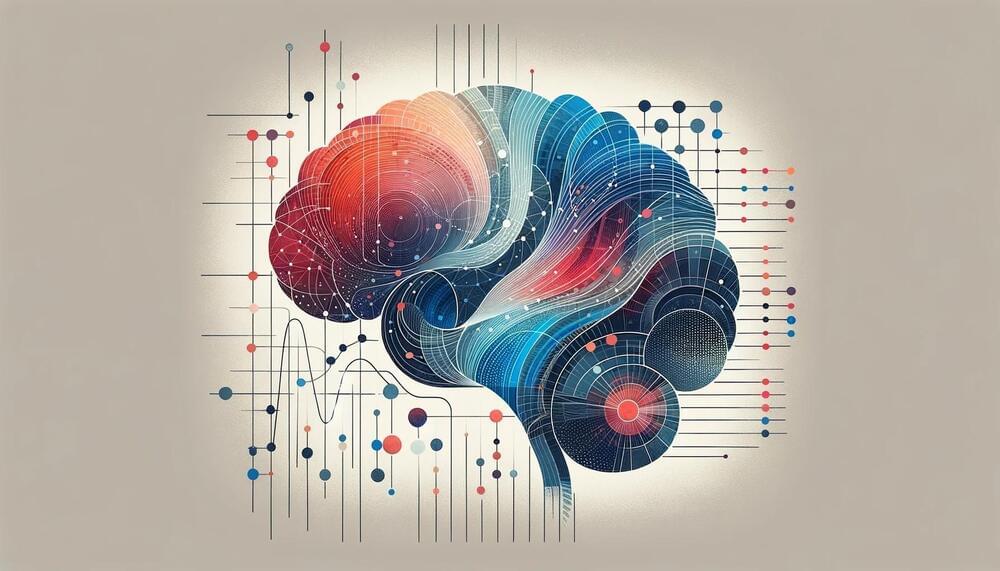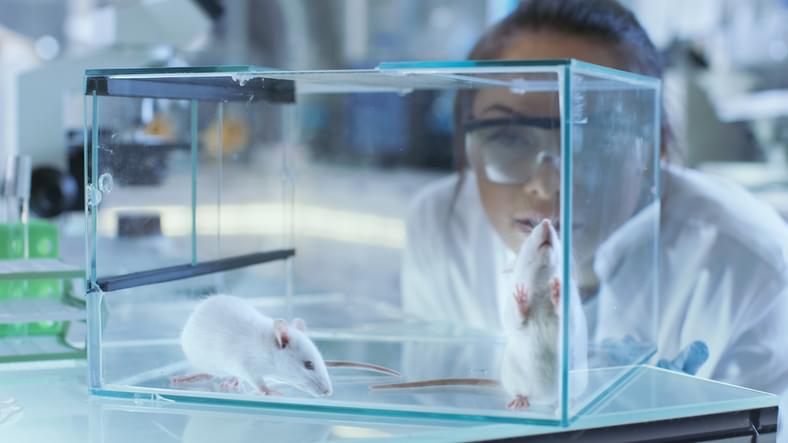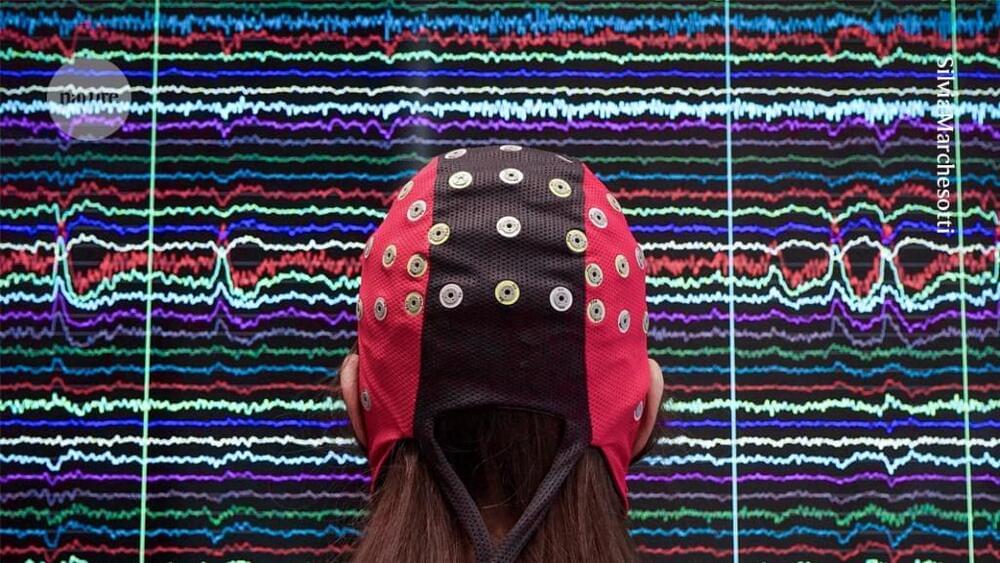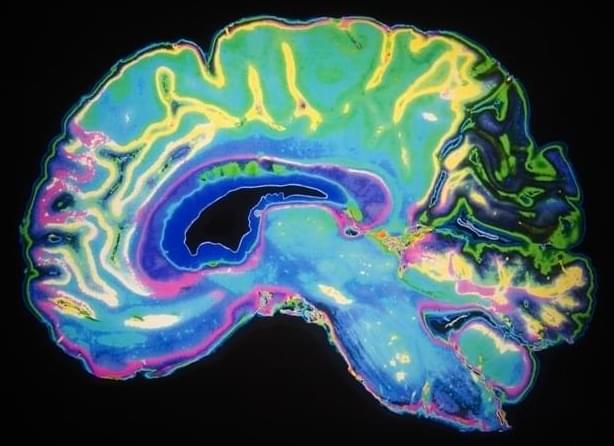Feb 21, 2024
A Boost in Dopamine During Adolescence Permanently Amplifies Impulsivity and Aggression
Posted by Saúl Morales Rodriguéz in categories: biotech/medical, neuroscience
Drugs blocking dopamine transporters may be harmful for healthy teens but helpful for those with pathological dopamine hypofunction.
In a breakthrough finding researchers at Columbia University Irving Medical Center identified a sensitive developmental period during adolescence that impacts adult impulsivity, aggression, and dopamine function in mice.
As organisms grow from embryo to adult, they pass through sensitive time periods where developmental trajectories are influenced by environmental factors. These windows of plasticity often allow organisms to adapt to their surroundings through evolutionarily selected mechanisms.


















